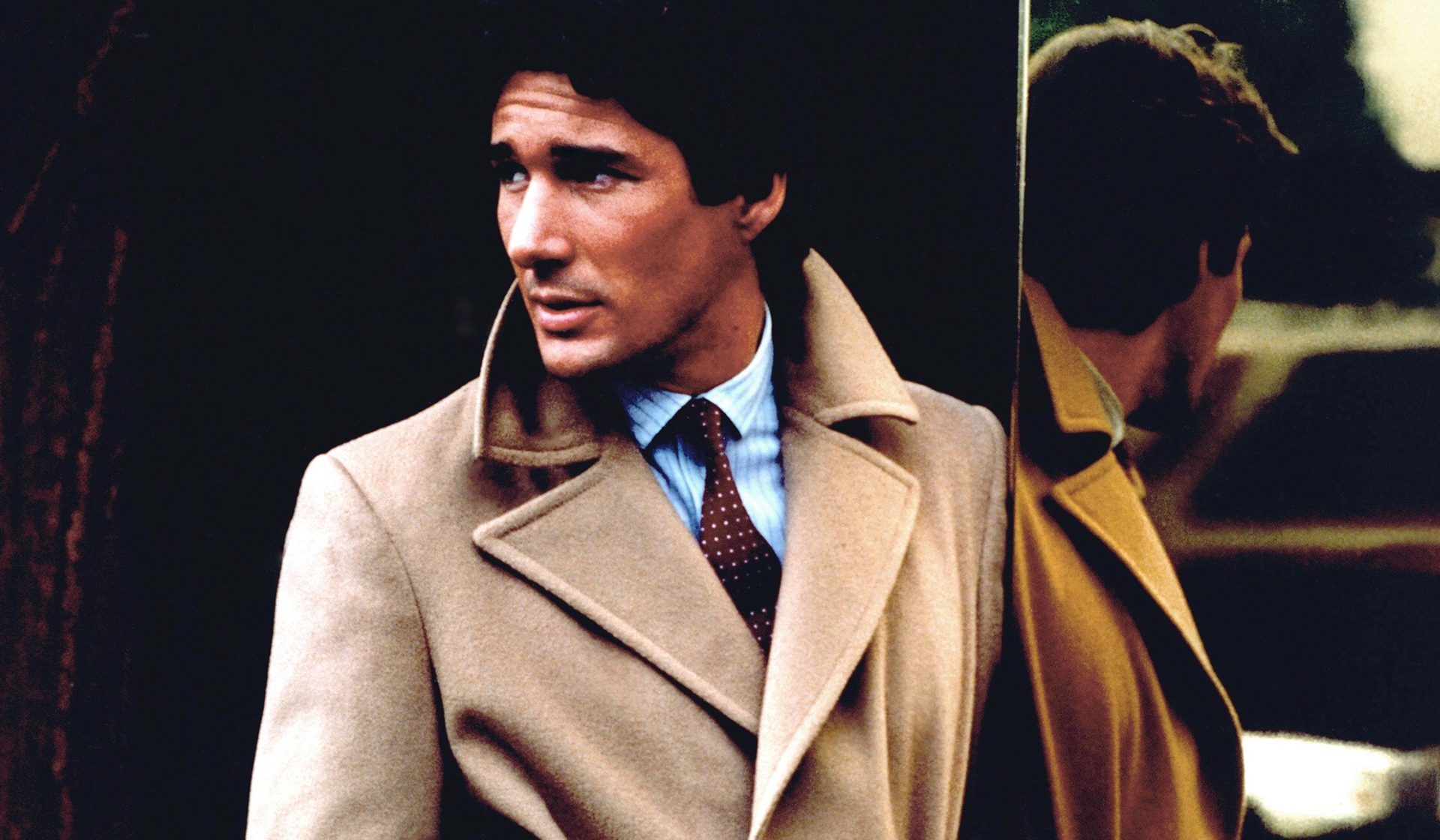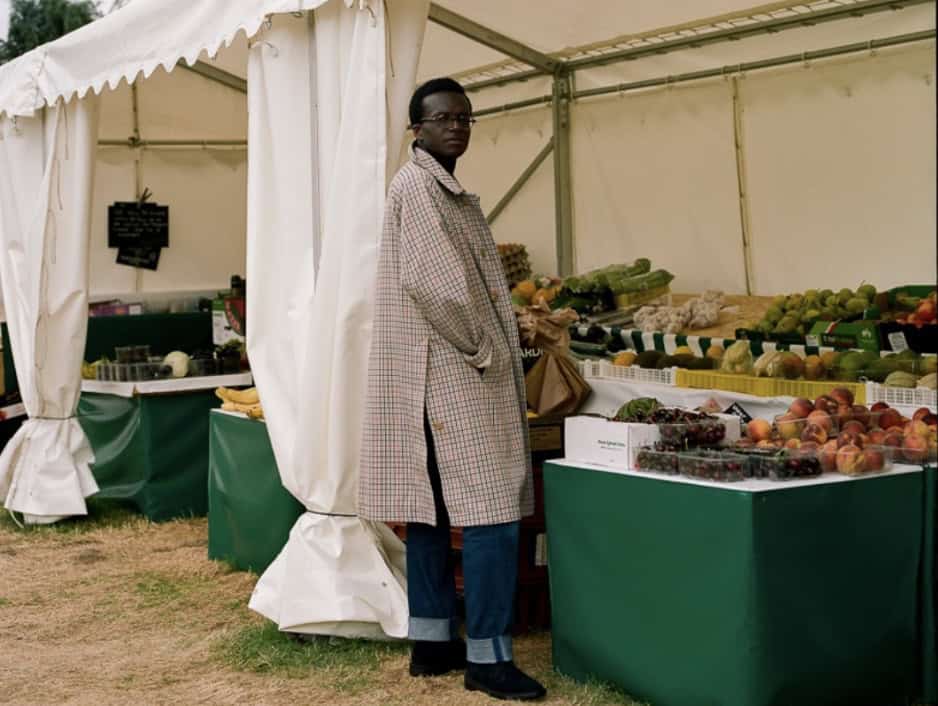17 Best Black Dress Shoes For Men in 2025
Dec 26, 2025The 10 Most Stylish Movies Ever Made
- Apr 20, 2024
- 0 Comments
748

Hollywood’s unchallenged global reach may not be what it was – bar, of course, that of the spandex-coated superhero universe – but it remains a touchstone for style.
From cult classics Withnail and I to films like La Dolce Vita and Plein Soleil, British and continental European filmmaking has had its moments in menswear, but inevitably, this has been eclipsed by the celluloid streaming out of California.
Indeed, even bad films – hello, Inherent Vice – can retain a lingering spot in pop cultural awareness thanks to the work of the typically unsung costume designer. So here’s our take on the 10 most stylish menswear movies ever made. Yes, many of you will be screaming, “but what about [fill in blank]!” But, as Marlon Brando almost put it in On the Waterfront, “they coulda been a contender”. Just not this time.
North By Northwest (1959)
Everyone always includes this in their list. But it’s next to impossible not to. Remarkably, Cary’s Grant’s character, Roger Thornhill – the advertising executive mistaken for a spy – only has one outfit during the entire movie: a mid-grey single-breasted notch lapel suit, which he combines with a white shirt and silver grey tie.
He’s roughed up and force-fed, chased through a train and buzzed by a plane. And yet his suit, made by Savile Row tailor Kilgour, remains immaculate throughout.
The Thomas Crown Affair (1999)
Yes, but which version? The 1968 original, with Steve McQueen, or the 1999 remake with Pierce Brosnan? It’s unusual for a remake to match the original’s quality, let alone the style, but this one – perhaps necessarily – rises to the challenge.
There’s McQueen in a three-piece suit, cornflower blue shirt and gold Patek Philippe watch for work, and manly Aran knit for relaxing in his beach buggy. But then comes ex-Bond Brosnan, with a bigger budget and a bursting wardrobe of perfect tailoring – even if it’s worn with a bowler hat in one scene.
Rebel Without A Cause (1955)
James Dean may have been 24 by the time he played Jim Stark, but that didn’t stop his attire from defining the look for all disaffected – not to say bloody moody – teenagers of the late 1950s.
A plain white T-shirt, faded Lee 101Z jeans with deep turn-ups, black engineer boots and that blood-red nylon McGregor Anti Freeze windbreaker – crucially worn collar up and zipped from the waist for just the first few inches – created the stand-out image for the promotional poster, even as it promised ‘a challenging drama of today’s juvenile violence’.
Costume designer Moss Mabry (Mutiny on the Bounty/King Kong) nailed it.
Three Days Of The Condor (1975)
Robert Redford’s Joe Turner is no James Bond. He may work for the intelligence services, but he’s a bookish underling and a bit of an outsider. If his colleagues look like they belong in an office, Turner’s style embodies bohemian academia.
There’s the woollen tie worn with the chambray shirt, that blue sweater with its sloppy boat neck. Over this is a single-breasted, two-button jacket in a wide herringbone stripe and with swelled lapels. Later in the film, there’s a US Navy peacoat.
Then, of course, there are the faded Levi’s 517 boot-cut jeans – this, remember, was a time when jeans were only just starting to be seen as anything other than clothing for kids or cowhands. Nerdishly, Turner wears his with hiking boots, an idea borrowed by style-shaper Gianni Agnelli.
The clue that he may be more the man of action? That Doxa Shark Hunter diving watch. Very, very cool.
Jaws (1975)
Three guys fighting a shark at sea doesn’t sound like a recipe for things sartorial. But each of the leads channels hipster cool long before hipster was a word.
Richard Dreyfuss’ oceanographer’s bucket hat and worn denim jacket – not to mention his Alsta Nautoscaph dive watch; Robert Shaw’s fisherman in his long brimmed cap, untucked chambray shirt and M1951 field jacket (retained from his US Navy years); and Roy Scheider’s sun-faded sweatshirt with the sleeves cut off, with wire-rimmed aviators… it all ends up to a big catch for style-watchers.
American Gigolo (1980)
Yes, Richard Gere is a male prostitute, but apparently that means he has to dress well. Indeed, so much is clothing part of his seduction that the film’s most famous scene sees him laying out a selection of possible outfits on his bed, something no self-respecting man’s man would be seen dead doing at the time.
But then the clothes are all by Giorgio Armani – his big break in terms of costuming movies, trumped only by that for the incredibly stylish The Untouchables. In fact, Gere’s style was one big ad for the Armani aesthetic: belted camel overcoats, louche flap pocket shirts, pressed jeans, smart, loose separates in earthy tones.
No wonder the ladies thought he was so expensive.
Wall Street (1987)
More than 35 years later, there is something cartoonish about the style of Wall Street – the big double-breasted suits, the wide pleated trousers, the contrast collar shirts, the big ties and tie clips, and, of course, those braces.
Everything seems chosen – as it was by New York arbiter of style Alan Flusser – to hype up status and power. And yet Wall Street shaped the dress, especially a preference for braces, of the finance world through the late 1980s and early 1990s.
Gordon Gekko became a style icon and a role model for American Psycho’s Patrick Batman. And Michael Douglas, who played Gekko, knew it. That’s why, when filming was finished, he packed up the 12 suits and 30-odd bespoke shirts made for him and took them home.
Funny Face (1957)
The legendary costume designer Edith Head (inspiration for Edna Mode in The Incredibles) won an Oscar for this one. Given its influence on womenswear – long-term working relationships between actresses and fashion designers, the black cigarette pants and polo neck sweater – that’s hardly surprising.
But never mind Audrey Hepburn. Check out Fred Astaire’s fashion photographer character in his preppyish button-down Oxford shirts, his boater, and his penny loafers. And the quirky styling touch that Astaire made one of his signatures: wearing a necktie as a belt.
Singin’ In The Rain (1952)
Just how stylish can a musical comedy about the end of the ‘talkies’ be? Answer: very. And that’s precisely because this is a costume drama on acid.
Costume designer Walter Plunkett (Gone With the Wind) had to make styles memorable to an audience who’d lived through the 1920s but with the pop necessary for a contemporary technicolour age: eye-poppingly bright plaids, a shiny mac in mustard, the sun-bright yellow waistcoat with pink tie, and the flecked Donegal tweed Norfolk tailored sportswear worn for the rather wet, unforgettable title scene.
Reservoir Dogs (1992)
It’s a testament to the power of just one image that if you get a bunch of men to walk alongside each other wearing dark suits, it’s almost a reflex for onlookers to reference this film.
The ‘power walk’ may have become a cinematic cliche, and there’s some irony that this bunch of crooks are all wearing matching black suits (though two of them are actually wearing black jeans), white shirts and skinny black ties in a bid to achieve some anonymity, not catwalk cool.
The look became the male equivalent of the ‘little black dress’ and rescued the suit from its stiff, corporate image.
Publisher: Source link







